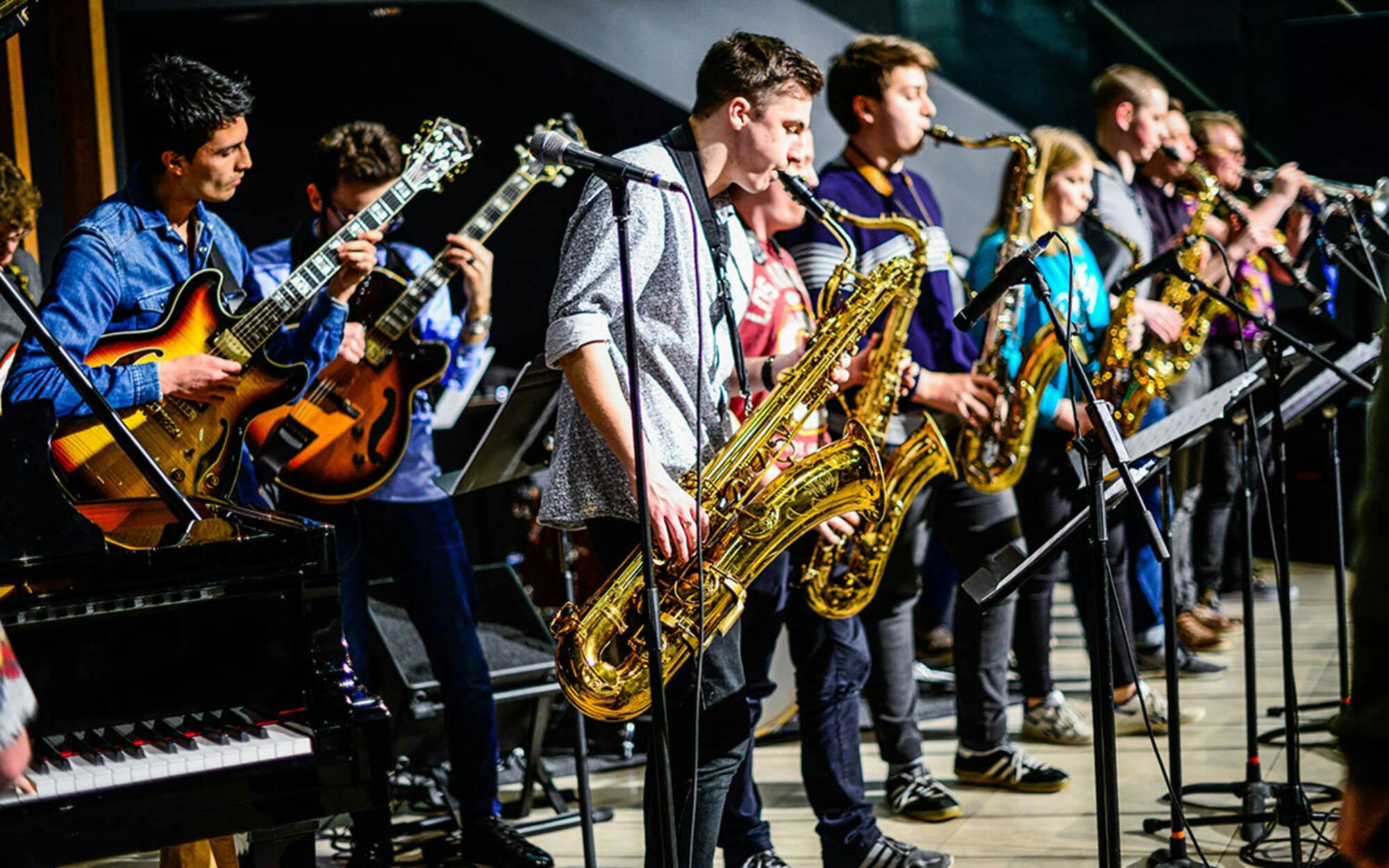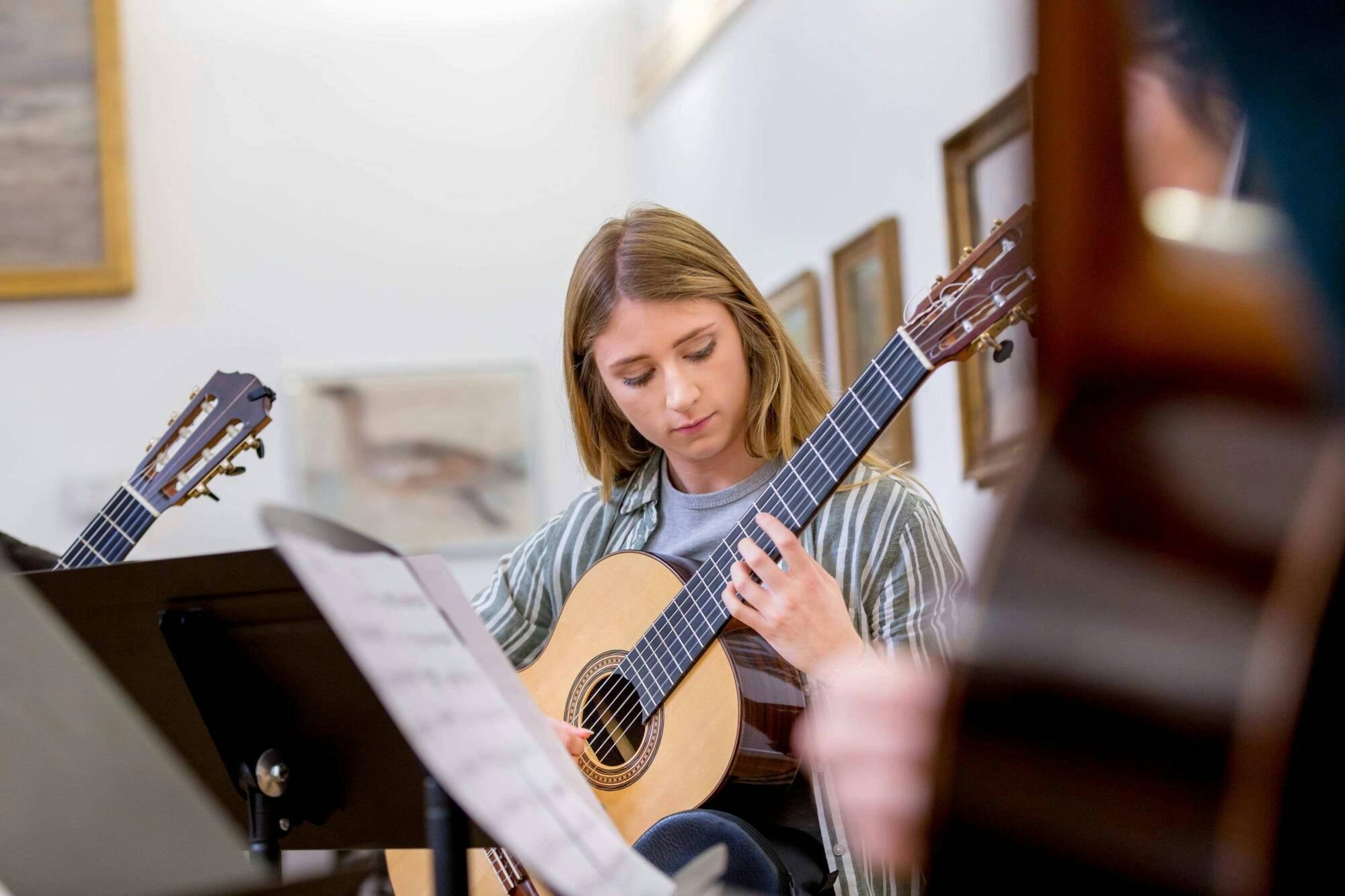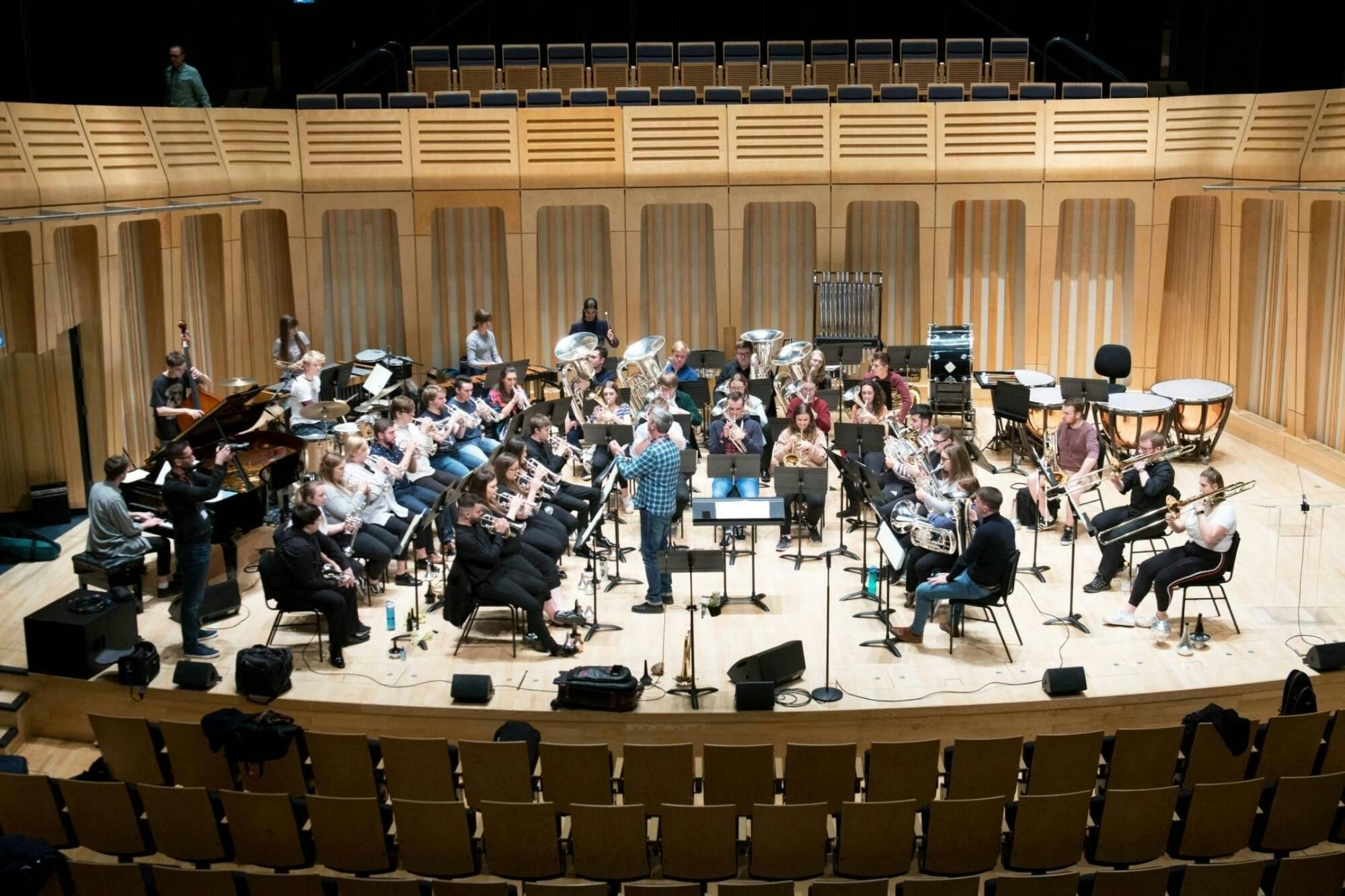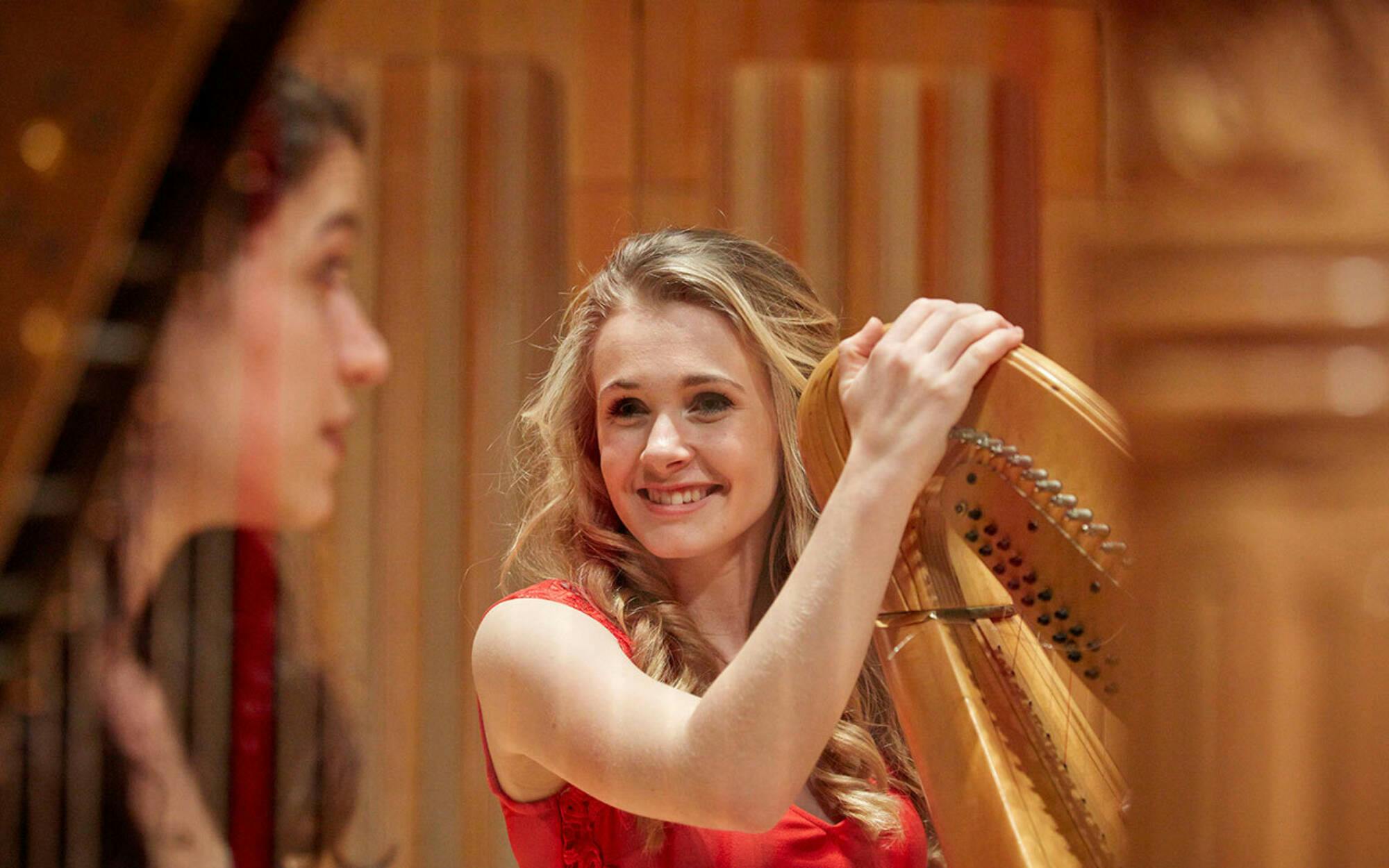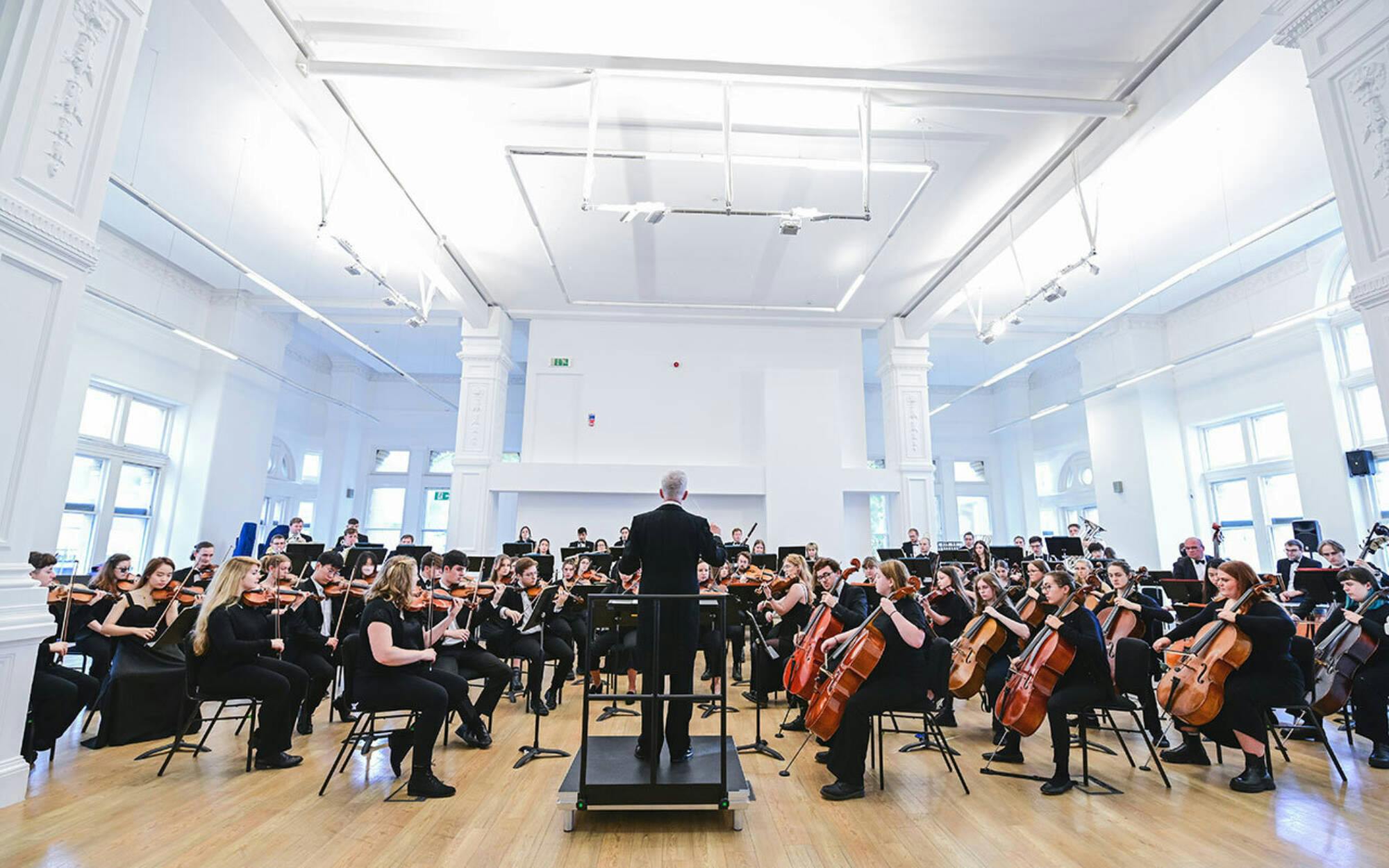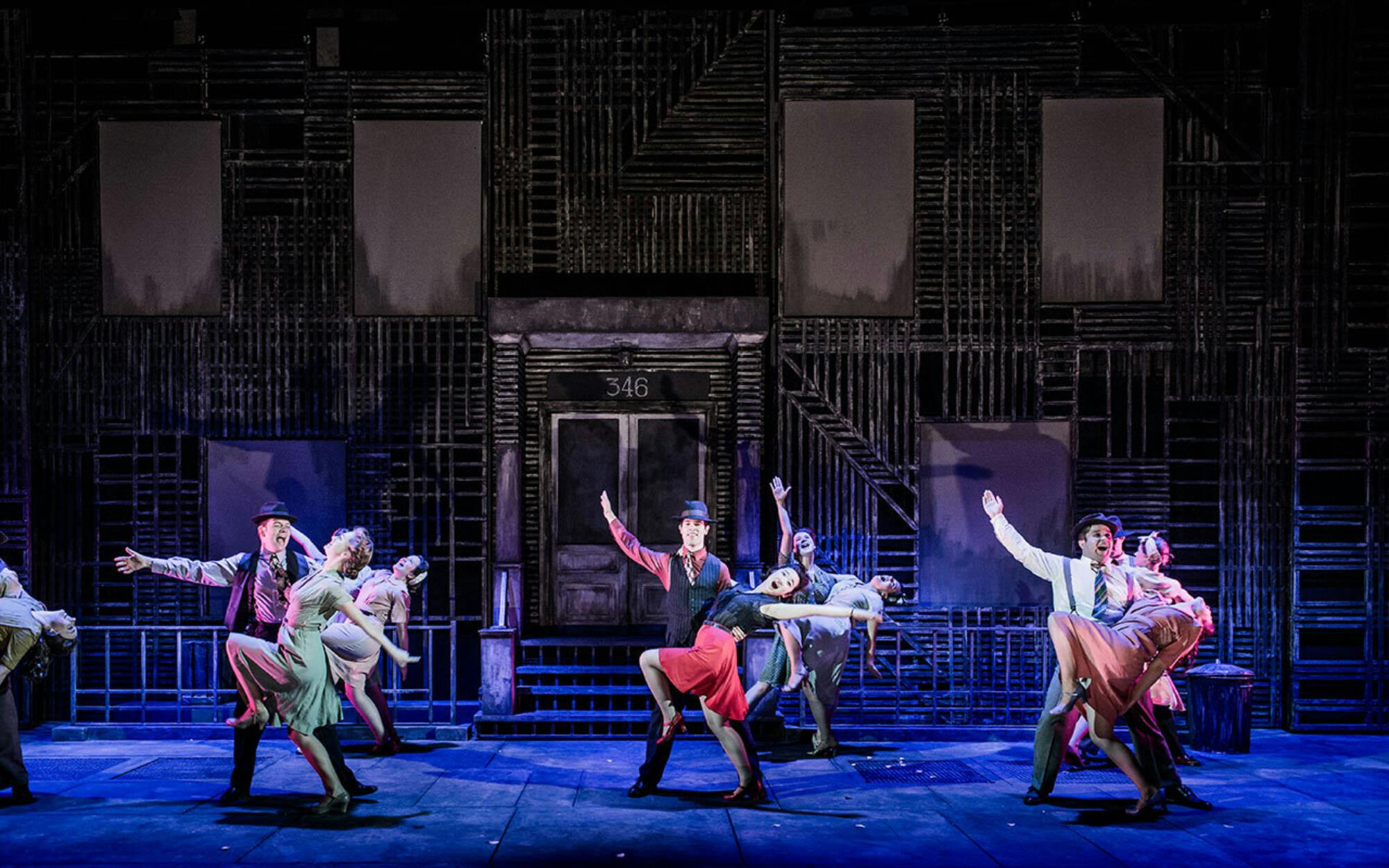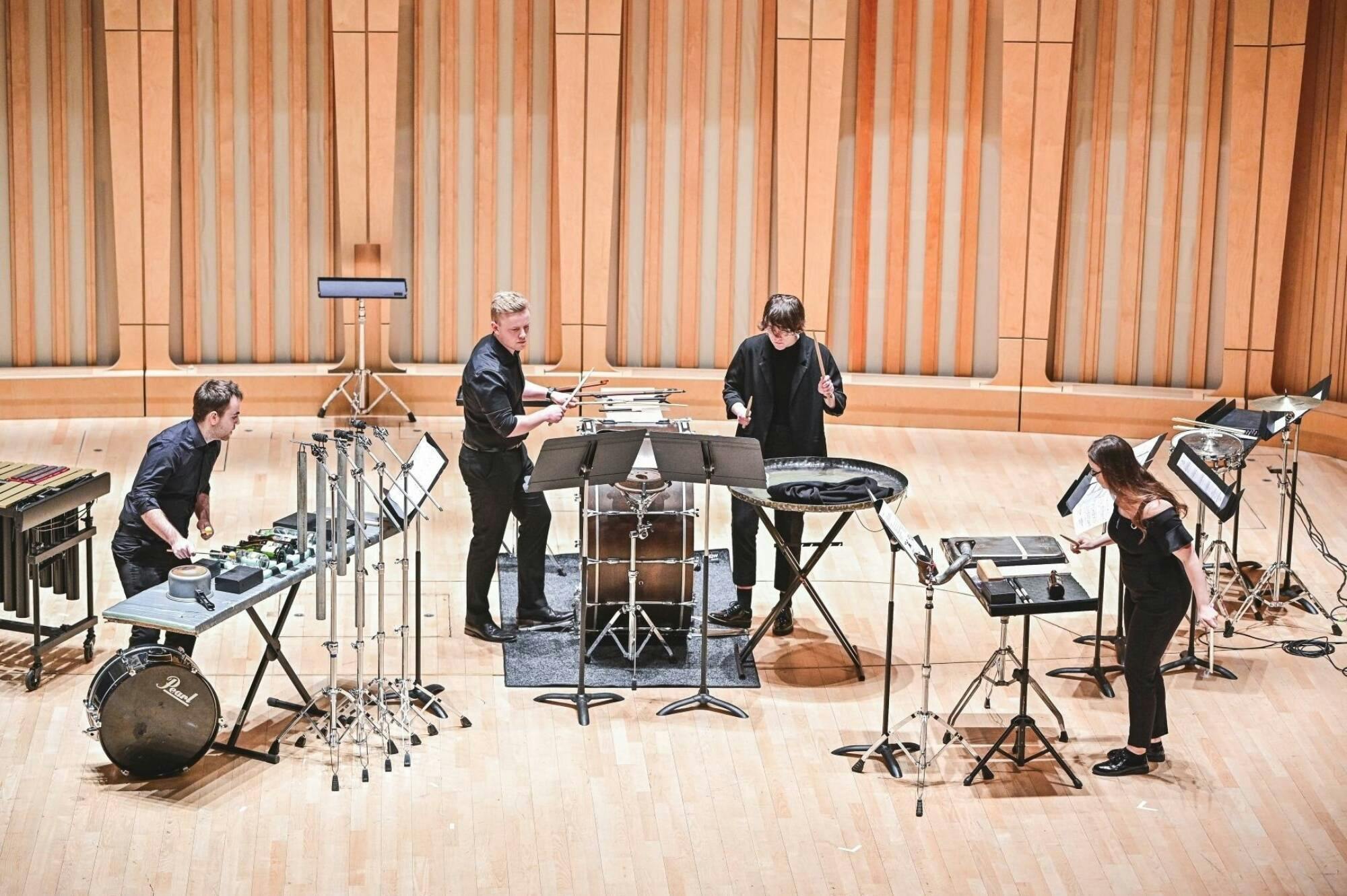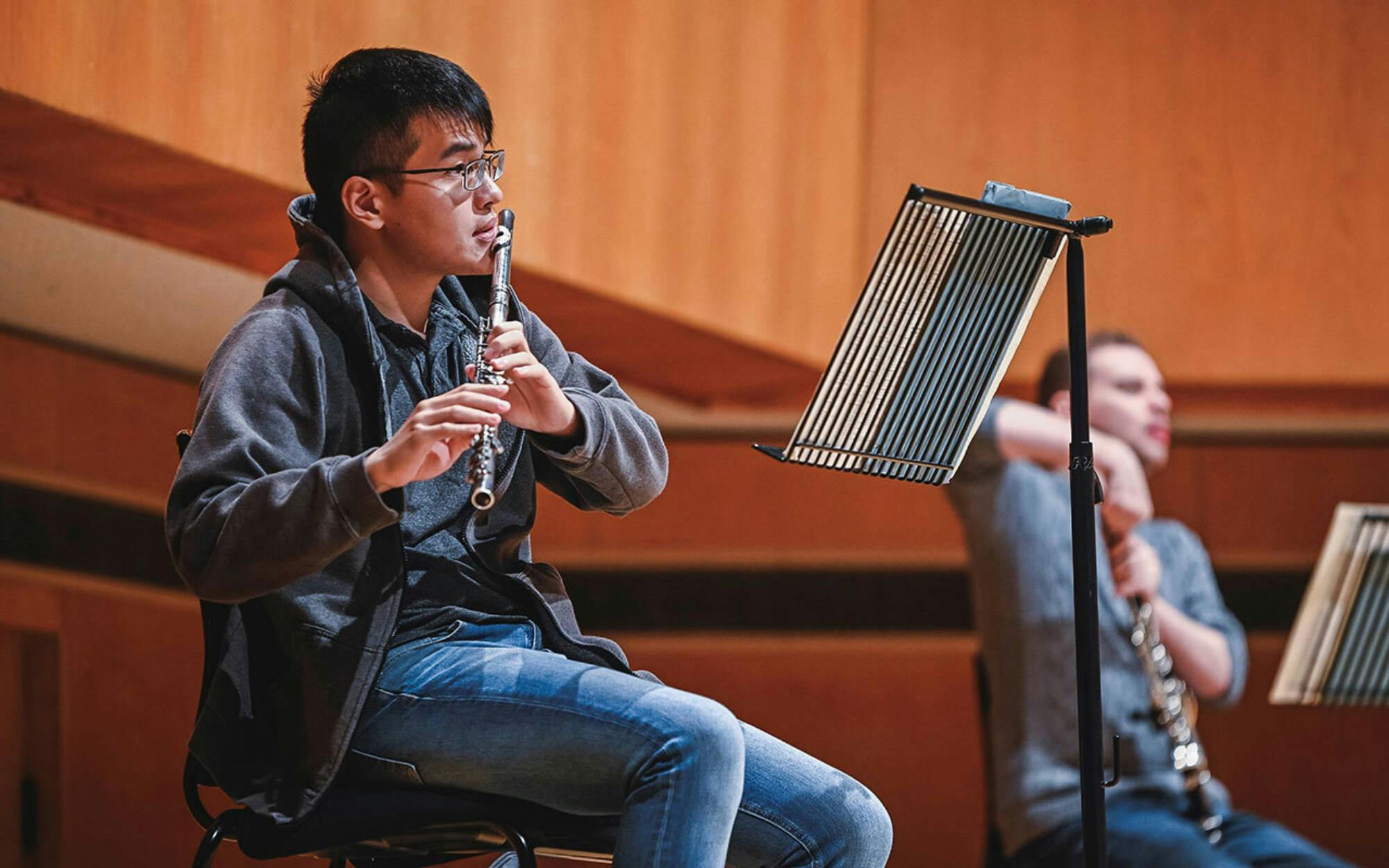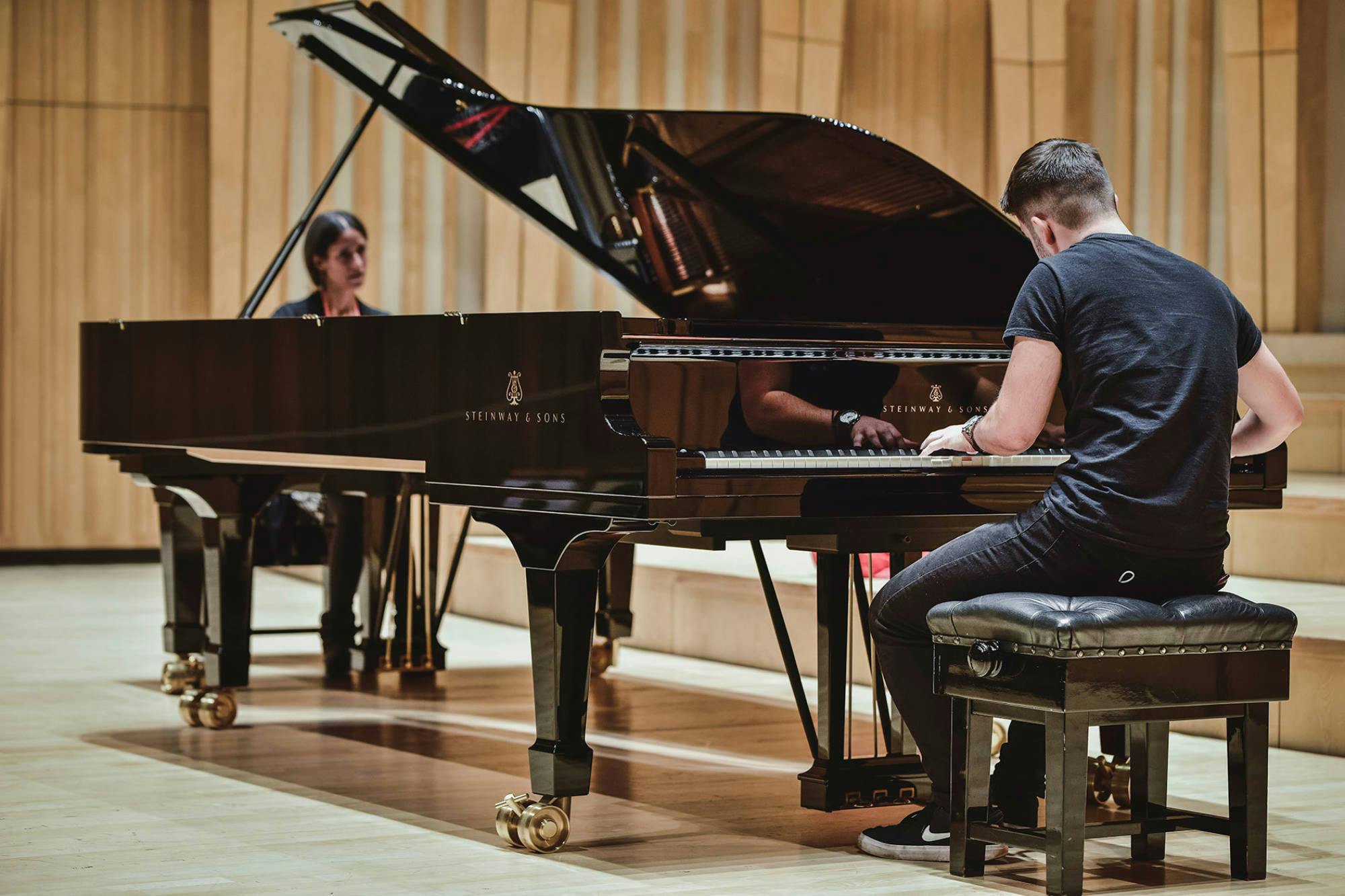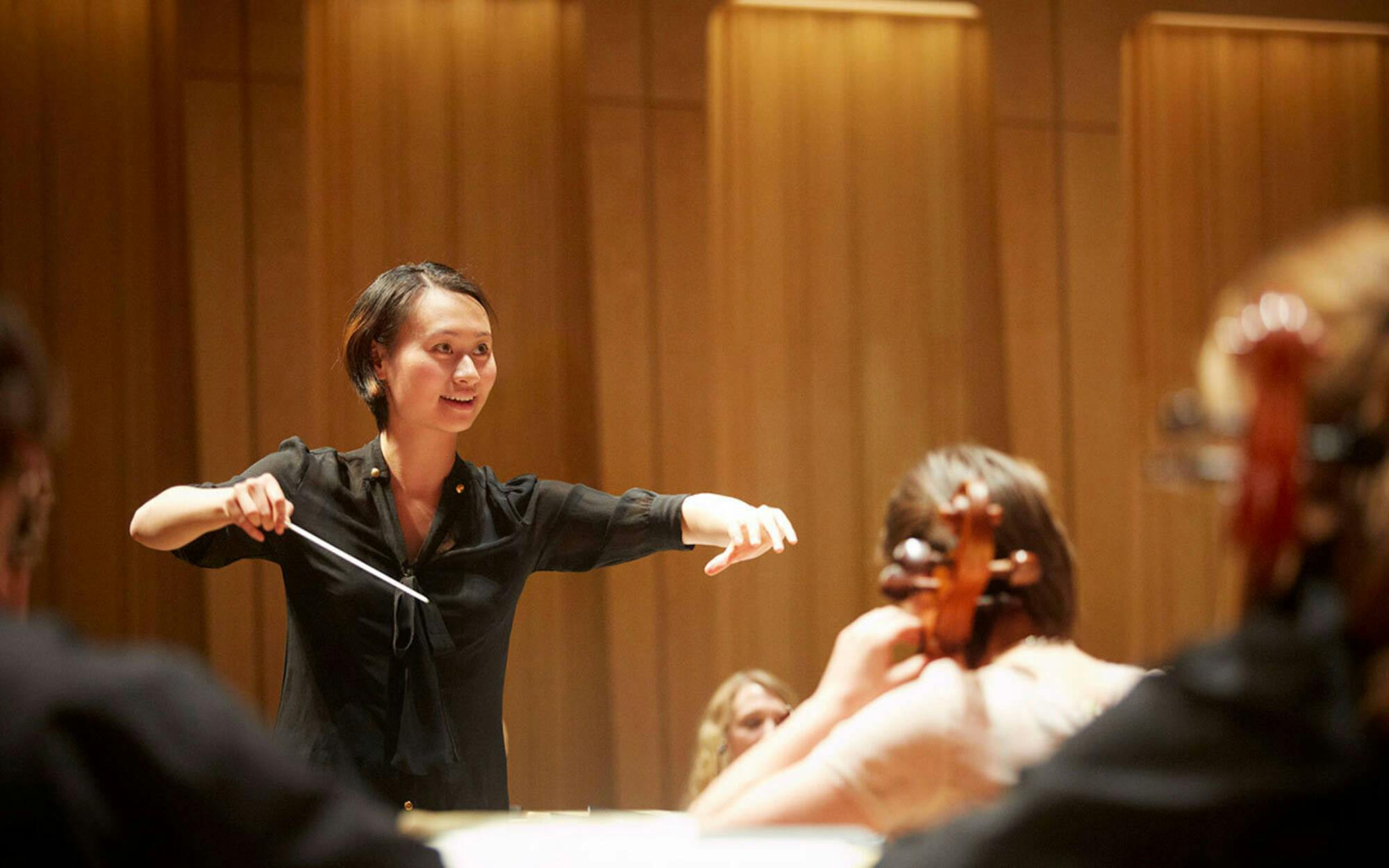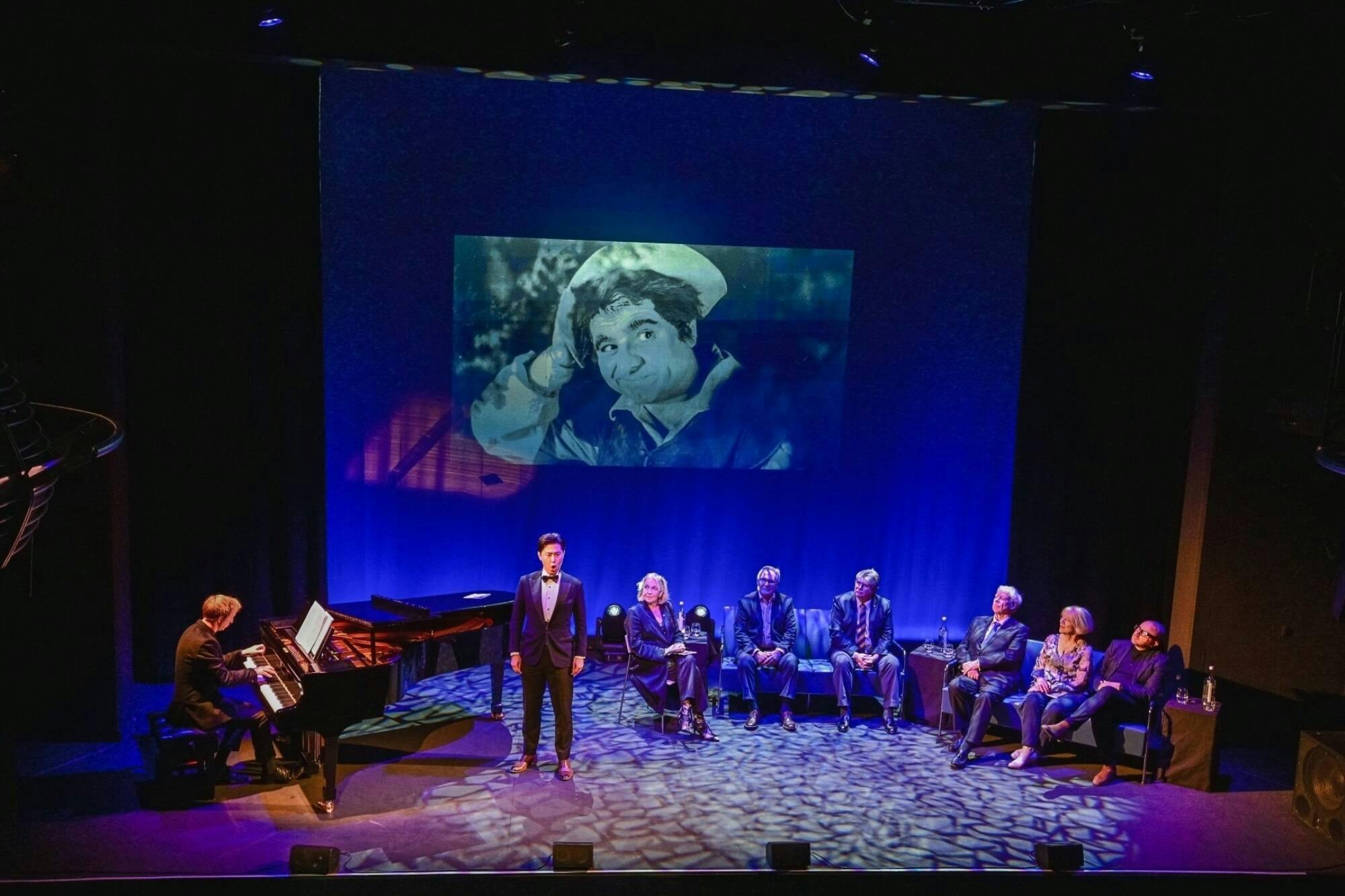
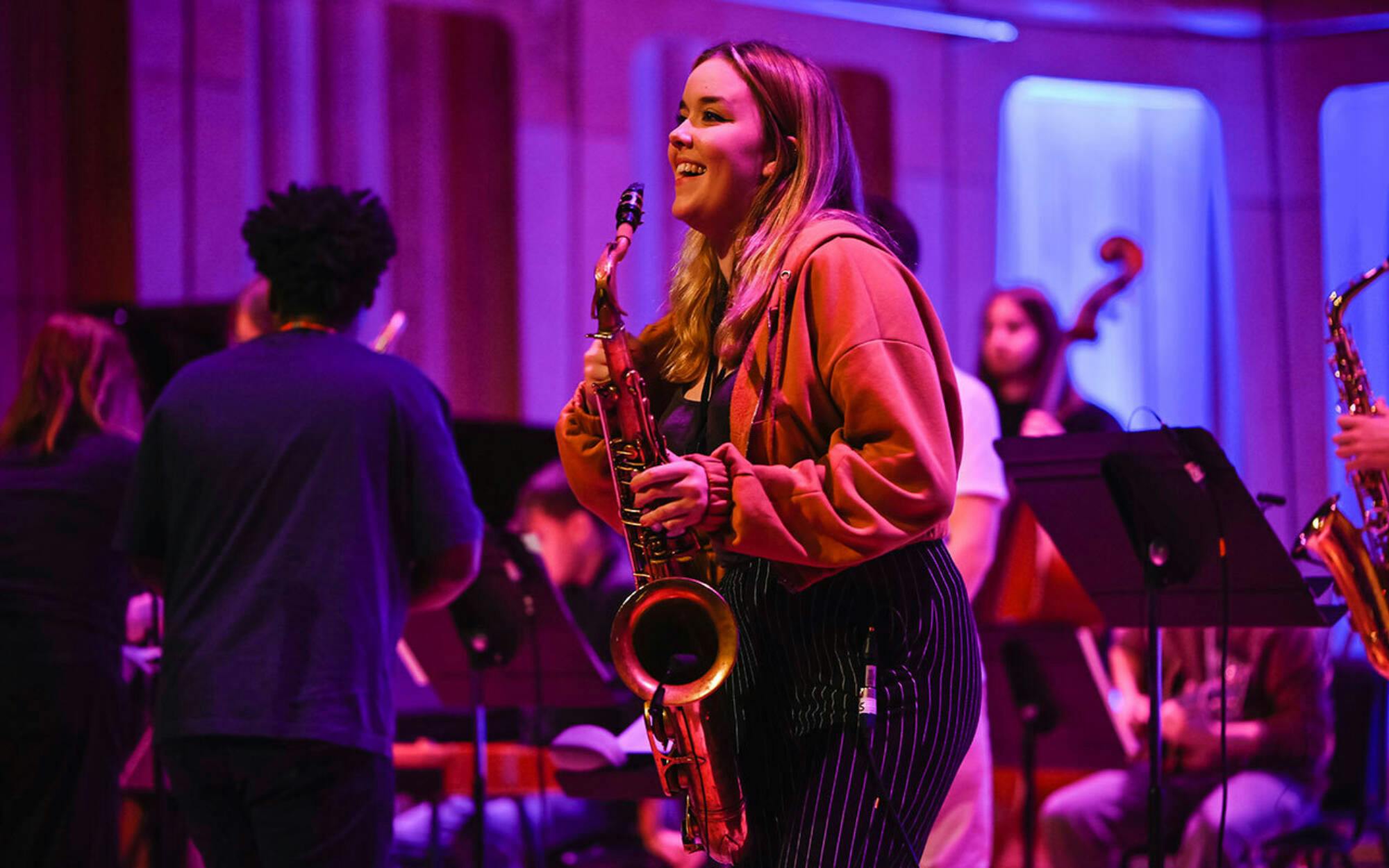
Jazz
For entry in September 2026, all candidates will be required to submit or attend an audition in support of their application. You should select your preferred audition method on your UCAS Conservatories application form. Once you submit your UCAS Conservatoires application, you should create an acceptd profile to enable to you submit your recorded audition or schedule an in person audition via Acceptd.
If you choose to audition in-person
If you choose to audition on-line
Tips and advice for recorded submissions
Please be sure your recording device is placed on a tripod or flat surface, and ensure you are visible for the duration of your performance. If using a mobile phone, record horizontally.
Please make sure that if you are using a mobile phone, you do not record using submissions on selfie mode.
Your performance must be one continuous shot with no edits or cuts. Edits are accepted for introduction and closing dialogue only.
Hiring of recording equipment is not expected. However, we do require the video and audio to be of good quality for submissions. Recordings from mobile phones are accepted.
If access to any recording device is not possible, please contact admissions@rwcmd.ac.uk for advice.
Where possible, ensure the light is directed from the front or the sides. For example, if you are sitting with a window behind you, you will disappear, and the video will appear dark and fuzzy. It is equally important that we see your performance as well as hear it.
Before starting your recording, please check that you have sufficient memory and battery life.
Sound
- Before making your recording, ensure that there is no distortion to the sound during the loudest passages, and keep at a consistent distance from your recording device throughout your performance.
- Place the recording device near your instrument, but not too near. Test out a few distances to find out what works best for you. Start at five to six feet away and adjust from there. It will differ depending on location and the recording device being used.
- Recording equipment or external microphones for iPhone/Android can be used to help improve audio quality, however, they are not necessary.
- Record in the right space. Minimise the background noise. Think about the time of day and location when you can exert the most control over what’s happening in the background.
- Consider where and when you're doing the recording. Your bedroom or living room can work well.
- If you have access to a soundproof room, great! If not, the softer your surroundings, the better. Sound bounces off hard surfaces, which can create an unwanted echo. Avoid large, empty rooms. At home, blankets, pillows, and curtains are all effective ways to absorb the sound.
- It is very important to do a mock recording and review the audio.
Taking into account recording challenges
We are aware of the challenges presented by recorded submissions, and our panelists will be instructed to allow for issues beyond the control of the applicant when watching and assessing the video.
The following list is not exclusive but indicates the type of area that might be affected through video submission, and thus will be taken into consideration:
- Time delays between sound and image
- Instrumental/vocal sound quality
- A piano that is out of tune, or not of particularly good quality (including use of an electric keyboard)
- Use of a modern instrument for historically informed repertoire
If your best musical take includes a minor domestic interruption (eg siren in the background, someone passing through the shot), please know that the panel is able to disregard this, so don’t sacrifice that version.
What do I do if I cannot get a piece to sync with a pre-recorded accompaniment?
If you’re satisfied that you’ve done all you can to ensure a good performance with your pre-recorded accompaniment but you’re still not happy, please include an unaccompanied recording of the piece in addition to the accompanied submission.

BMus (Hons) Jazz
